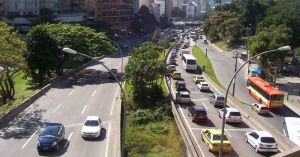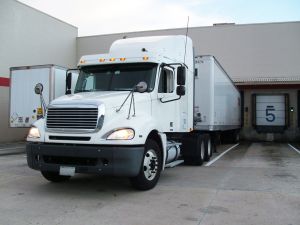San Antonio Traffic Jams and the Risk of Collisions
In 2013, drivers in San Antonio spent a little more than 13 hours sitting in traffic on expressways over the course of the year. Comparisons of traffic congestion across major metropolitan areas showed that San Antonio does not have as much traffic congestion as several other cities in Texas. 
Most experts agree that drivers are less likely to be in severe accidents in congested area. The heavy traffic forces a slower speed, reducing the risk of major injuries or fatalities. However, the overall risk of collisions can increase with cars in close proximity to each other. The risk may be greatest when a driver comes upon a “sudden” traffic jam, or a line of stopped vehicles he may not have been expecting.
Motorists are expected to drive carefully and adjust their speed and behavior to traffic conditions. A failure to do so could result in liability for any collision that occurs because of negligent driving behavior. A San Antonio accident attorney can help victims who are harmed in a collision to take legal action against those responsible.
Traffic Conditions in San Antonio
San Antonio ranked #39 out of the large metro areas in America in a survey measuring traffic congestion caused. Traffic jams caused by construction or collisions were not factored.
San Antonio’s traffic issues were much less severe than other cities in Texas that made the list of most congested areas. Austin was the fourth worst metro area in the U.S. for congestion and residents spent more than 41 hours in 2013 sitting in traffic. Houston was number 20 on the list, with motorists sitting in traffic for 26.7 hours. Dallas was just below, at 22.1 hours and coming in as number 25 on the list. The worst city in the whole country was Los Angeles, where drivers lost 64.4 hours due to congested traffic.
Traffic congestion can have a major impact on crash rates. One study indicated that crash severity was reduced by more than half in cases where all lanes had similar heavy traffic volumes. However, in cases where all lanes have similar levels of traffic congestion, increases in collisions with fixed objects tends to occur more frequently. This could be explained by driver efforts to avoid crashing into other vehicles by swerving into objects. When left and interior lanes are congested, on the other hand, the risk of side-impact and rear-end collisions may increase.
A survey of more than 8,000 drivers indicated that “sudden jams” may be especially dangerous for motorists. A total of 35 percent of respondents said they had been in a collision because they were not able to stop when they came upon unexpected traffic. Although 64 percent of drivers claimed to know the stopping distance they would need to avoid a collision, only 28 percent of motorists actually knew in advance how far they needed to brake when going at 60 miles per hour.
A San Antonio accident attorney can help collision victims. Call the Herrera Law Firm at 1-800-455-1054 to schedule a free consultation.





